Suryachandra Rao
DeepClouds.ai: Deep learning enabled computationally cheap direct numerical simulations
Aug 18, 2022
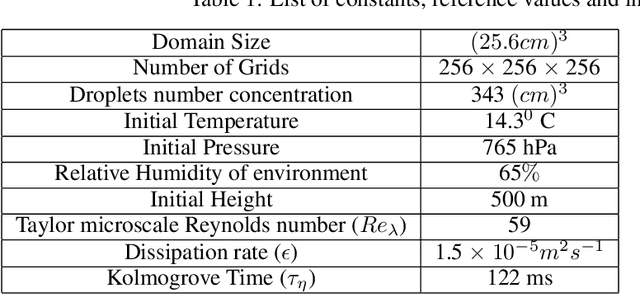
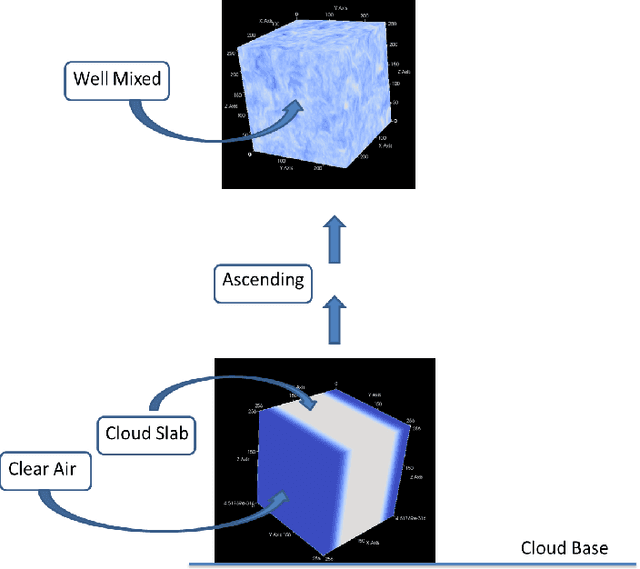

Abstract:Simulation of turbulent flows, especially at the edges of clouds in the atmosphere, is an inherently challenging task. Hitherto, the best possible computational method to perform such experiments is the Direct Numerical Simulation (DNS). DNS involves solving non-linear partial differential equations for fluid flows, also known as Navier-Stokes equations, on discretized grid boxes in a three-dimensional space. It is a valuable paradigm that has guided the numerical weather prediction models to compute rainfall formation. However, DNS cannot be performed for large domains of practical utility to the weather forecast community. Here, we introduce DeepClouds.ai, a 3D-UNET that simulates the outputs of a rising cloud DNS experiment. The problem of increasing the domain size in DNS is addressed by mapping an inner 3D cube to the complete 3D cube from the output of the DNS discretized grid simulation. Our approach effectively captures turbulent flow dynamics without having to solve the complex dynamical core. The baseline shows that the deep learning-based simulation is comparable to the partial-differential equation-based model as measured by various score metrics. This framework can be used to further the science of turbulence and cloud flows by enabling simulations over large physical domains in the atmosphere. It would lead to cascading societal benefits by improved weather predictions via advanced parameterization schemes.
Deep learning for improved global precipitation in numerical weather prediction systems
Jun 20, 2021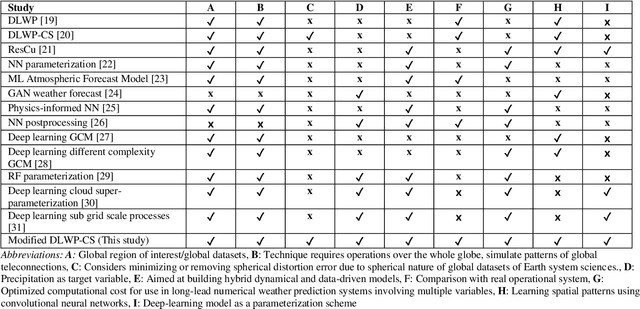
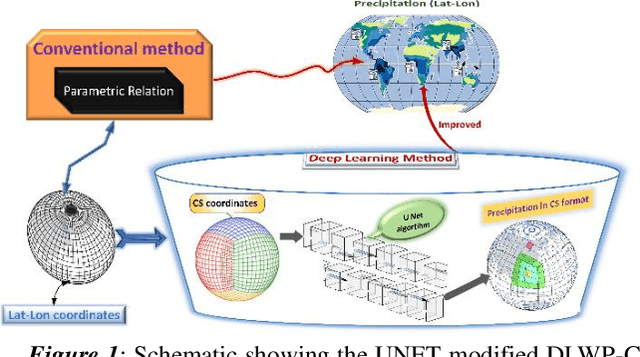
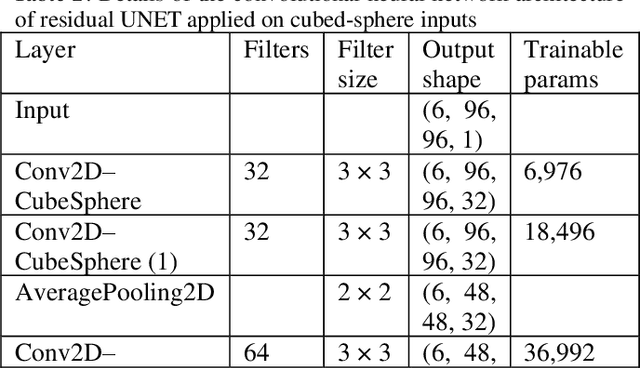
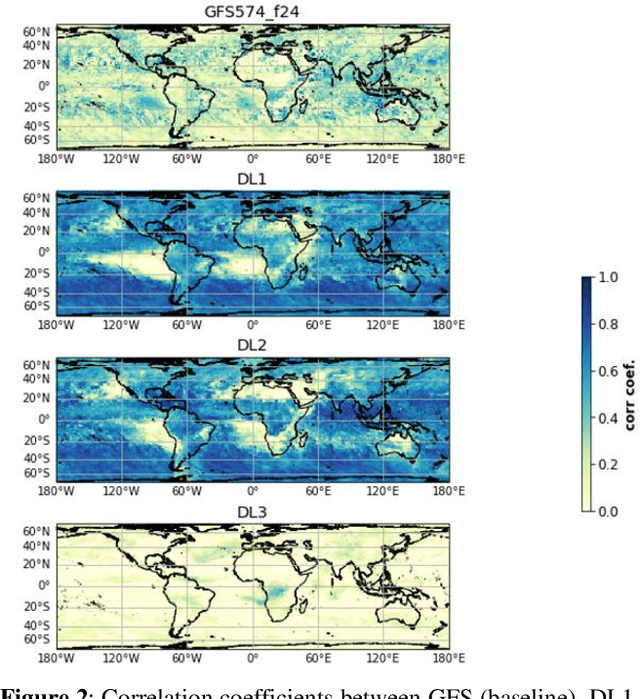
Abstract:The formation of precipitation in state-of-the-art weather and climate models is an important process. The understanding of its relationship with other variables can lead to endless benefits, particularly for the world's monsoon regions dependent on rainfall as a support for livelihood. Various factors play a crucial role in the formation of rainfall, and those physical processes are leading to significant biases in the operational weather forecasts. We use the UNET architecture of a deep convolutional neural network with residual learning as a proof of concept to learn global data-driven models of precipitation. The models are trained on reanalysis datasets projected on the cubed-sphere projection to minimize errors due to spherical distortion. The results are compared with the operational dynamical model used by the India Meteorological Department. The theoretical deep learning-based model shows doubling of the grid point, as well as area averaged skill measured in Pearson correlation coefficients relative to operational system. This study is a proof-of-concept showing that residual learning-based UNET can unravel physical relationships to target precipitation, and those physical constraints can be used in the dynamical operational models towards improved precipitation forecasts. Our results pave the way for the development of online, hybrid models in the future.
 Add to Chrome
Add to Chrome Add to Firefox
Add to Firefox Add to Edge
Add to Edge